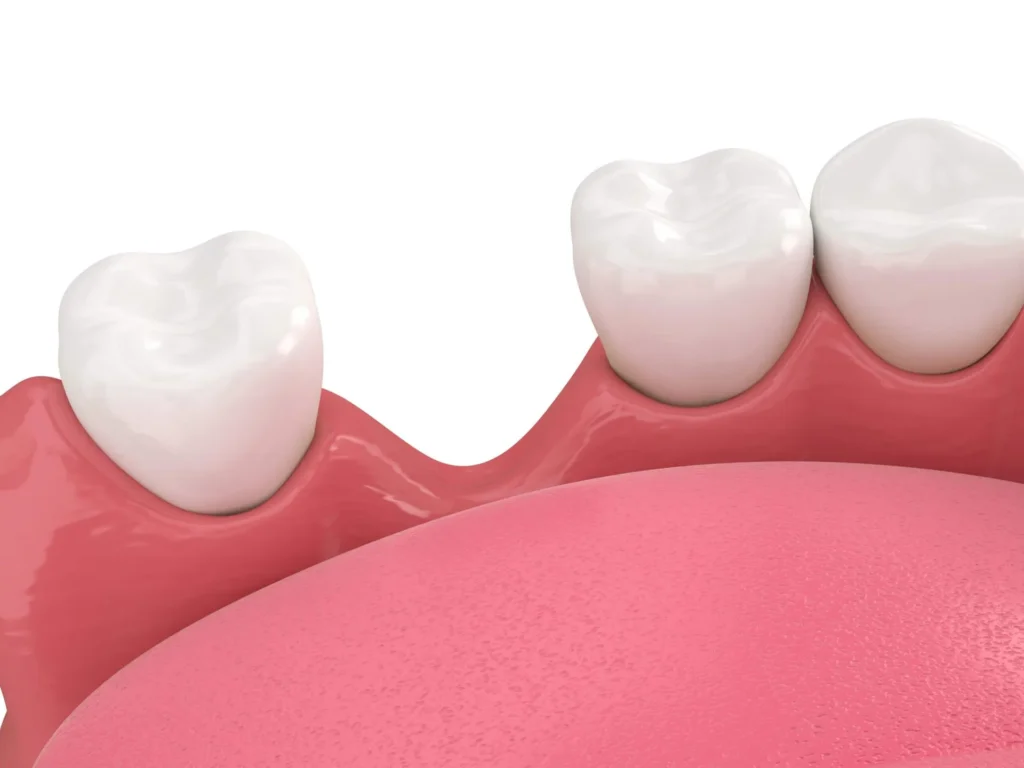Is A Bone Graft Necessary After Tooth Extraction?
If you have recently been told that you need a tooth extracted, you may be wondering about your options to replace a missing tooth. You might be surprised to know that the best time to inquire about dental implants and other replacement options is before you have your tooth removed, not afterwards!
This is because placing a dental implant requires healthy underlying bone structure. After a tooth is extracted, an empty space called a socket remains. Without bone grafting, the socket may heal on its own, but the amount of bone in the area usually shrinks dramatically. Without enough bone, it can be difficult or impossible to place an implant in the future without additional surgery.
Are there different types of bone grafting?

There are many different types of bone grafting. The simplest form is called socket preservation, and involves filling the empty socket with particulate bone. This is usually sourced from a human donor (allograft), although synthetic or animal-based bone grafting materials are sometimes used instead.
For patients with large bone deficiencies, other types of bone grafting may be necessary. Check out the related posts here to learn more.
What is a ridge augmentation?
Is Bone Grafting Necessary If I Don’t Want An Implant?
The short answer is no, most patients will heal naturally after an extraction, and new bone and gum tissue will form to close the socket. However, the bone height and width will usually be greatly reduced, and bone loss can have a negative effect on the teeth adjacent to the socket, sometimes leading to recession, sensitivity, and even early loss of other teeth. Therefore, bone grafting can be very beneficial, even if you’re not sure whether you want an implant in the future.
Is Bone Grafting Safe?
Some patients feel uncomfortable about receiving a bone graft. There is nothing to worry about in terms of rejection or disease transmission, as all allograft bone is rigorously tested and sterilized, so there have been no recorded cases of disease transmission. There are actually no living cells being placed in your body. Rather, the bone graft particles form a scaffold and promote the growth of your body’s own bone to replace the graft.
Understanding your treatment plan:
Your dentist may also place a material called a membrane on top of the bone graft to help protect the graft. You might see this described on your treatment plan as “guided tissue regeneration”. Other adjuncts, such as added growth factors, or PRP/PRF, may be recommended to stimulate bone growth. Learn more about PRF here
How long after bone grafting can I get an implant?
Depending on the type of grafting, it is usually necessary to wait 3-6 months before an implant can be placed. In some cases, however, an implant can be placed immediately on the day of the extraction, sometimes with the addition of bone done simultaneously. The doctor will determine if this is an appropriate approach depending on the amount of bone available, the presence of infection, and other factors.

0 Comments